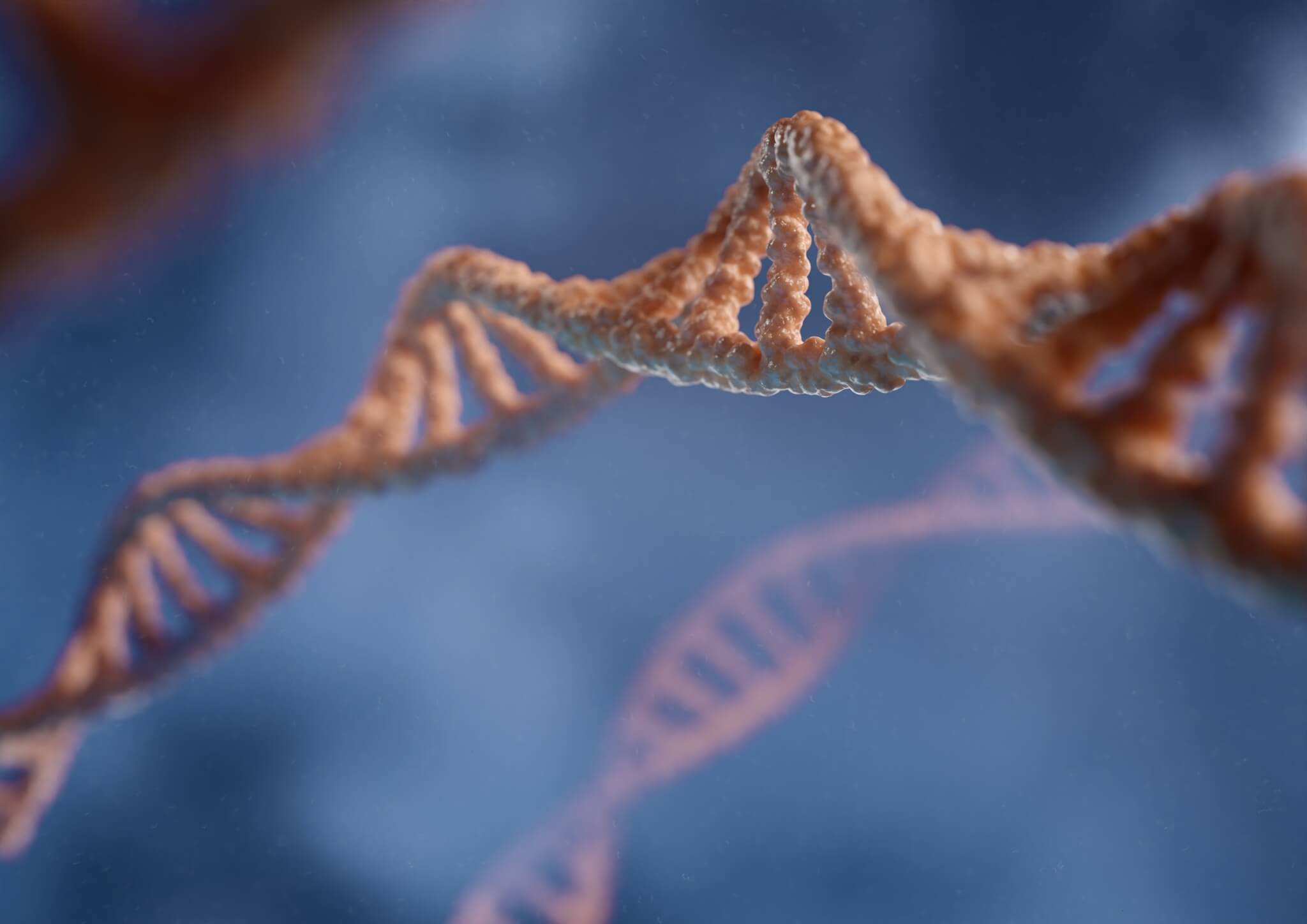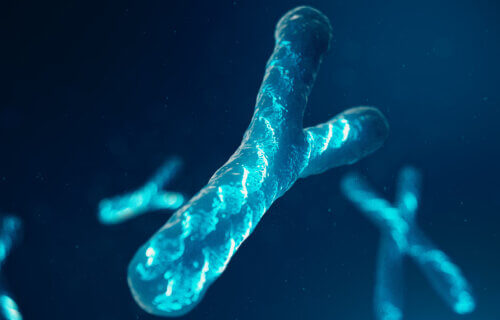WASHINGTON — In a monumental scientific breakthrough, a team of over 100 international researchers successfully sequenced the elusive Y chromosome, the final piece of the human genome puzzle. This accomplishment not only provides a full understanding of the chromosome associated with male development but also offers vital insights into its role in male-specific growth, fertility, and genetically influenced diseases like cancer.
Chromosomes contain DNA sequences that encode the genes responsible for guiding the development and functioning of all cells in living beings. The Y chromosome has been notoriously difficult to decode due to its repetitive molecular patterns. Advancements in sequencing technology and bioinformatics algorithms enabled the researchers to break down these sequences.
“Now that we have this 100% complete sequence of the Y chromosome, we can identify and explore numerous genetic variations that could be impacting human traits and disease in a way that we weren’t able to do before,” says study co-first author Dylan Taylor, a Johns Hopkins University geneticist and doctoral candidate, in a university release.

Y Chromosome Mapping Could Yield Medical Breakthroughs
This latest research unveiled the structures of various genes, including those regulating sperm and others crucial to the male reproductive system’s growth and functionality.
“We completed the wiring diagram for all these genetic switches that get activated via the Y chromosome, many of which are critical to the genetic contributions to male development,” says study author Michael Schatz, a Bloomberg Distinguished Professor in computer science, biology, and oncology at Johns Hopkins. “We are at a point where scientists can start using this map. We were previously blind to different parts of the genome and different mutations, but now that we can see the whole genome, we hope we can add new insights to the genetics of a lot of different diseases.”
While the X and Y chromosomes are often associated with sexual development, it’s essential to understand that these play just a part in the vast and intricate network across the genome that defines human sex characteristics. These characteristics, which range among male, female, and intersex individuals, differ from gender, which is a societal construct. The Y chromosome has shown to influence other aspects of human biology, including cancer risk and severity.
This research was spearheaded by the National Human Genome Research Institute, a member of the Telomere-to-Telomere consortium. This consortium, just last year, presented the complete sequence of a human genome, a discovery decades in the making. While that research utilized two X chromosomes, the latest study has constructed a full blueprint of the Y chromosome using a donor possessing both X and Y chromosomes.
“The genome is a very personal thing, it has the basic instructions for the building blocks of our development and what makes us human,” notes study co-author Rajiv McCoy, a Johns Hopkins assistant professor of biology. “We knew we had an incomplete picture up until now, but we can now see the entire genome from end to end for the first time.”
By comparing the new Y chromosome sequence with genetic data from people across the globe, the Johns Hopkins team identified inaccuracies in earlier genome references. Their findings have set the stage for enhanced genome assemblies and personalized genomes.
Researchers are now delving deeper into the evolutionary journey of the Y chromosome and exploring genes that might be significant for personalized treatments for ailments such as pancreatic cancer.
The study is published in the journal Nature.

“These characteristics, which range among male, female, and intersex individuals, differ from gender, which is a societal construct. ”
Bingo! and another few thousand dollars get added to the funding by including this totally irrelevant “Woke” nonsense. [c. 1300, “kind, sort, class, a class or kind of persons or things sharing certain traits,” from Old French gendre, genre “kind, species; character; gender” (12c., Modern French genre), from stem of Latin genus (genitive generis) “race, stock, family; kind, rank, order; species,” also “(male or female) sex,” from PIE root *gene- “give birth, beget,” with derivatives referring to procreation and familial and tribal groups. …. The “male-or-female sex” sense of the word is attested in English from early 15c. As sex (n.) took on erotic qualities in 20c., gender came to be the usual English word for “sex of a human being,” in which use it was at first regarded as colloquial or humorous.” In Victorian society the word “sex” would have caused well bred ladies to swoon and thus they used the word “gender” to indicate the sexual basis.]
I am only surprised that they did not reference how “Climate Change” is closely associated with the “Y” chromosome.